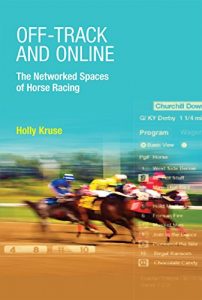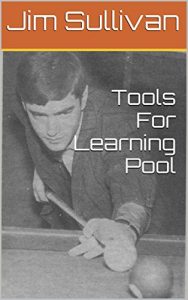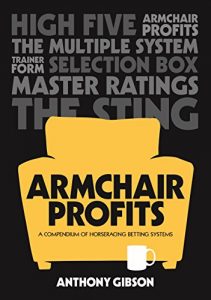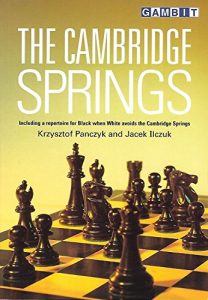I 99eBooks è una directory di eBook. Cerchiamo e classificato intorno alle eBooks Web per te!
Tutti i diritti riservati. I libri e libri elettronici sono di proprietà dei rispettivi proprietari.
Off-Track and Online: The Networked Spaces of Horse Racing (MIT Press) (English Edition)
The horse racing industry has been a pioneer in interactive media, information networks, and their deployment. The race track and the off-track betting parlor offer interactive media environments that reconfigure the relationships among private and public space and presence and copresence. In this book, Holly Kruse explores how horse racing has used media over the last several decades, arguing that examining the history and context of horse racing and gambling gives us a clearer understanding of the development of data networks, media complexes, public entertainment, and media publics.Kruse describes an enormous industry that depends on global information and communication flows made possible by a network linking racetracks, homes, off-track betting, farms, and auction sites. Racetrack architecture now allows for the presence of screens, most showing races from other locations. Online betting sites enable bettors to wager from home. Off-track betting facilities collect wagers on races from all over the country. Odds are set interactively through the pari-mutuel market system. Kruse considers the uses of public space, and its redefinition by public screens; the effect of interactive media on the racing industry, including networked, in-home betting; the "technopanic" over online poker and the popularity of in-home pari-mutuel wagering; and the use of social media by racing fans to share information and creative work with no financial payoff.


















